Birding in Costa Rica: The Great Blue Heron
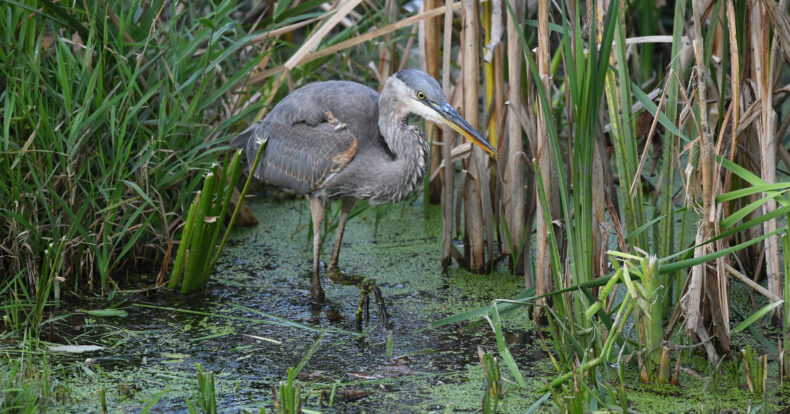
Costa Rica’s biodiversity offers a unique environment for the study and bird watching, including species that are both native and migratory. Among these species, the great blue heron (Ardea herodias), known in Spanish as garzón azulado or garza ceniza, stands out for its size and elegance. This species is the largest heron present in Costa Rica, with a height of up to 52 inches and a wingspan that can exceed 6 feet.
Physical Characteristics and Habitat
The Great Blue Herons are characterized by long dark legs, gray necks and a yellow bill that they use to hunt in a variety of aquatic habitats. In addition, these birds are found in a variety of environments, including streams, marshes, shorelines, lakes, and mangroves. Their distribution ranges from Canada to northern South America, making them one of the most widely distributed species in the Americas.
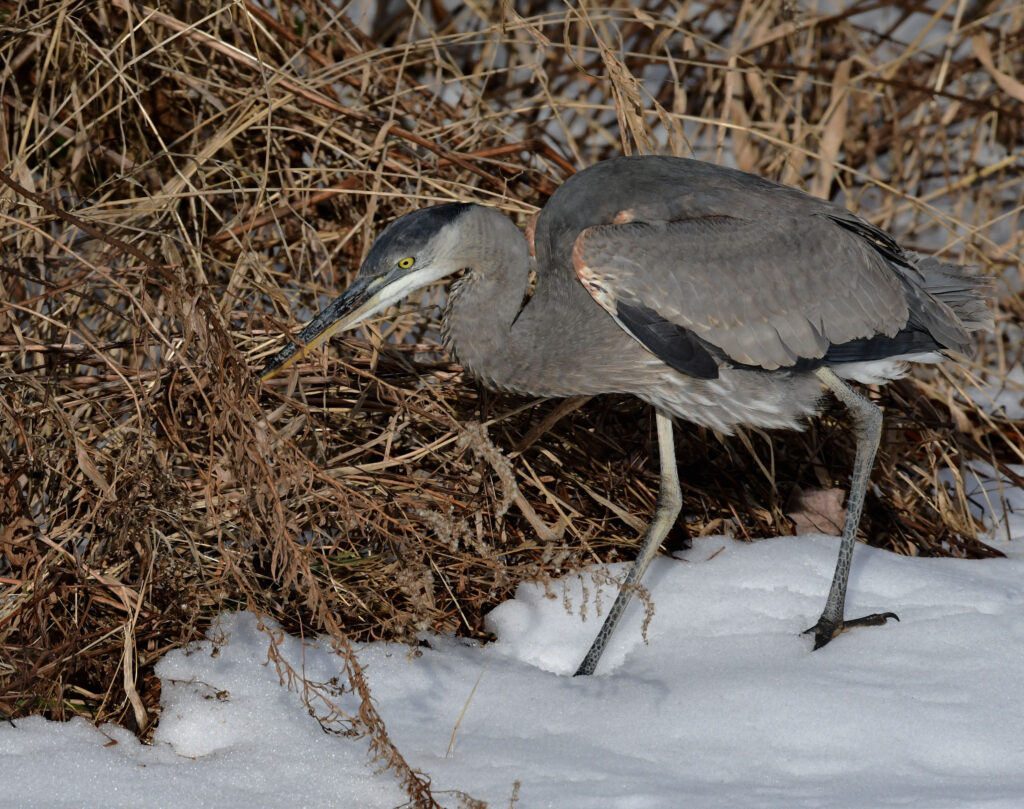
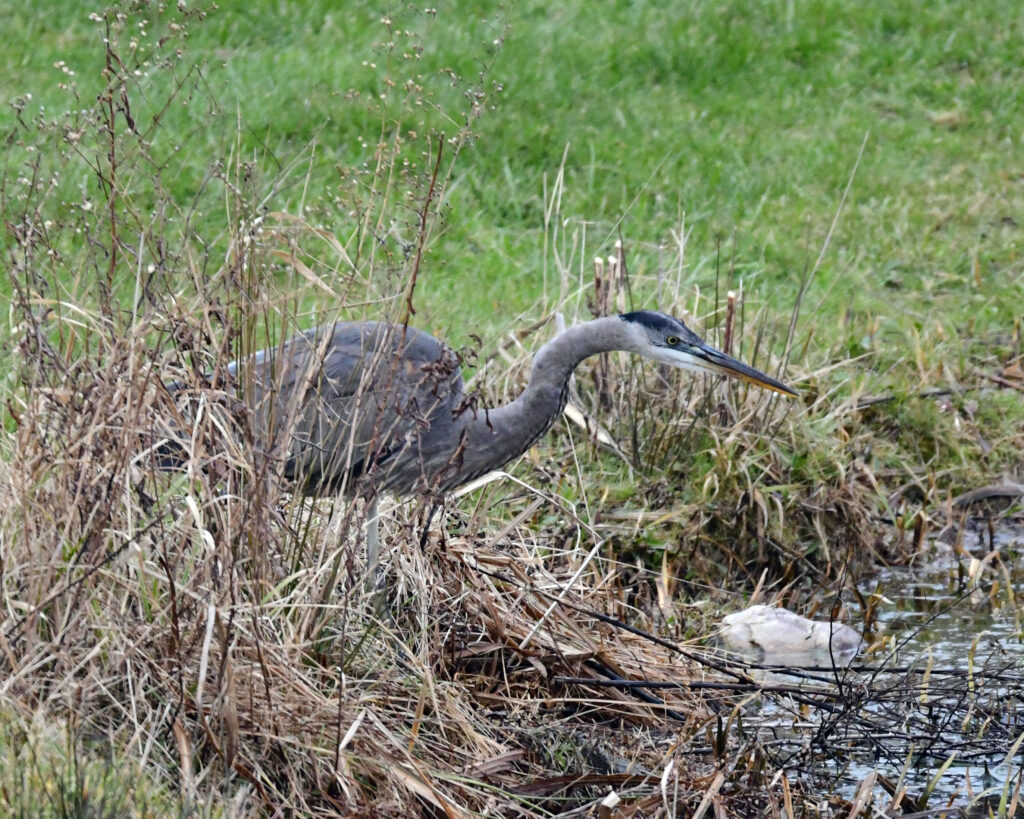
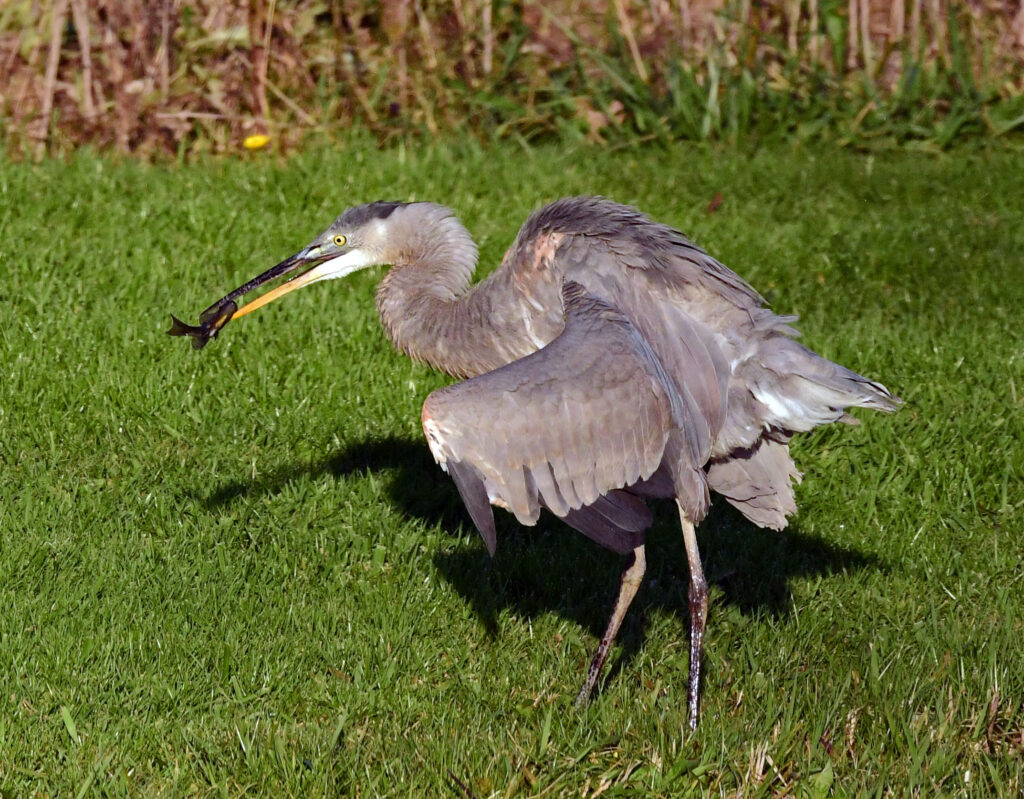
In Costa Rica, the great blue heron is primarily a migratory species. Most individuals are found in the country from September to May, during which time they occupy aquatic habitats for feeding and resting. Some sub-adult individuals remain in the country throughout the year, especially in the Guanacaste region, while most return north to breed.
Birding in Costa Rica: The Great Blue Heron
The feeding behavior of the great blue heron is notable for its hunting technique. They use their long, slender legs to wade into the water, where they stalk their prey, which includes fish, large insects, amphibians, reptiles, crustaceans and small mammals. Its elongated and flexible neck allows it to make quick movements to catch prey with its sharp beak.
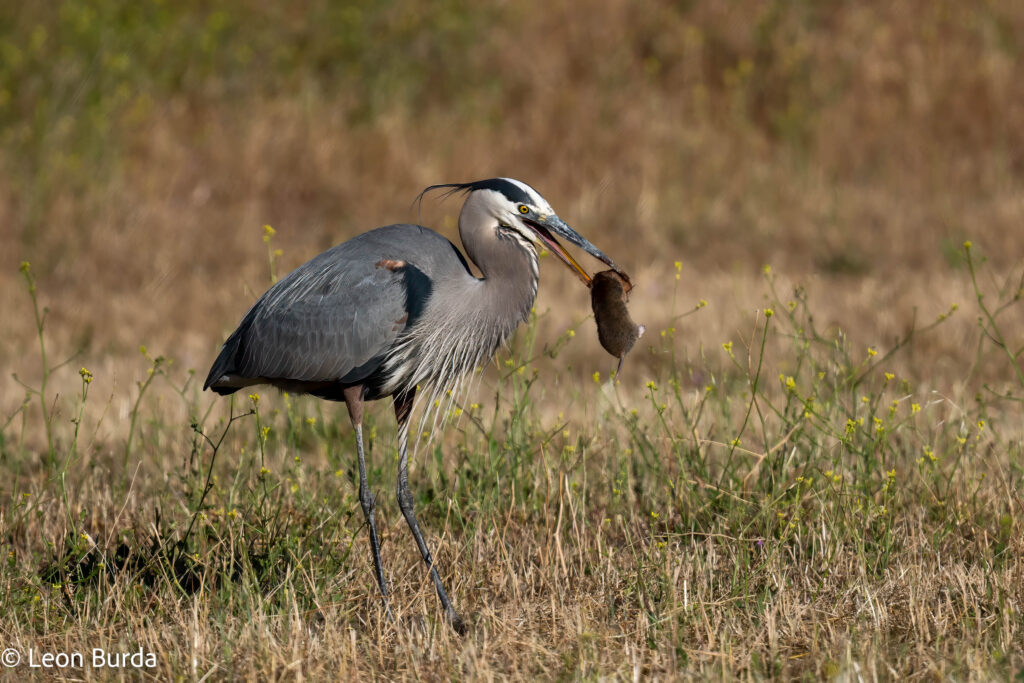
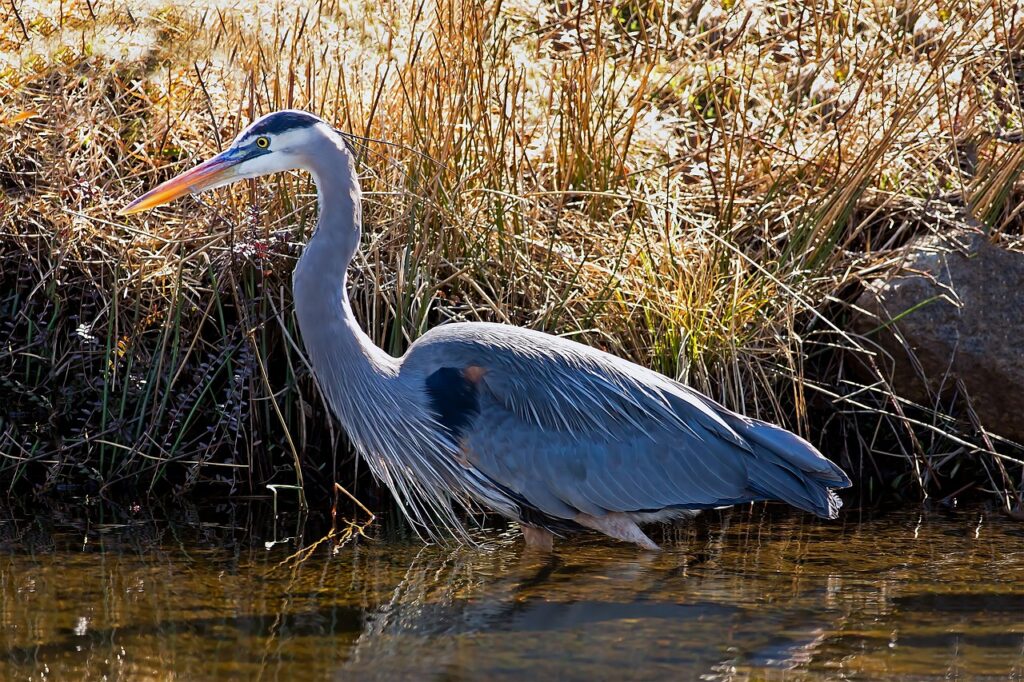
Also of interest for research is the interaction of the great blue heron with other species in its environment. These data allow a better understanding of the ecological dynamics in wetlands and other aquatic habitats, contributing to knowledge about the conservation of these areas and the species that inhabit them.
Sensorial Sunsets
Navigate articles





